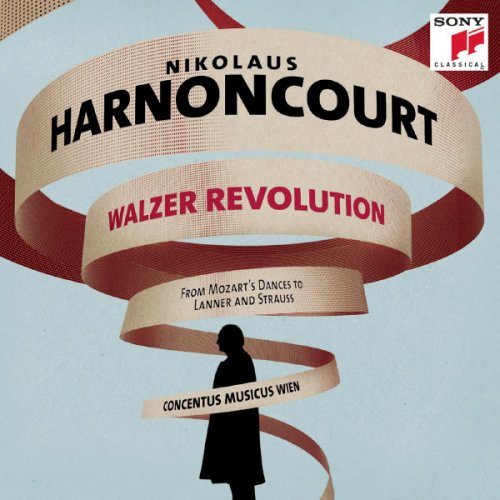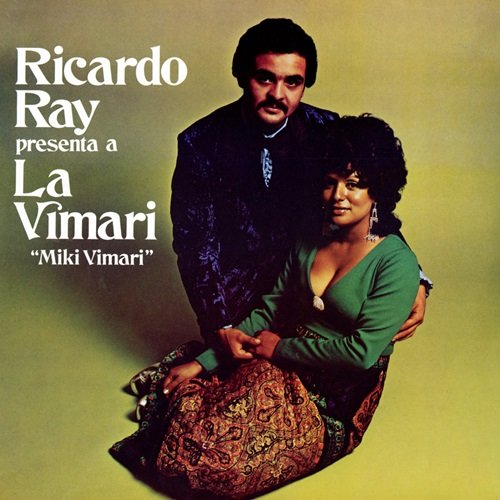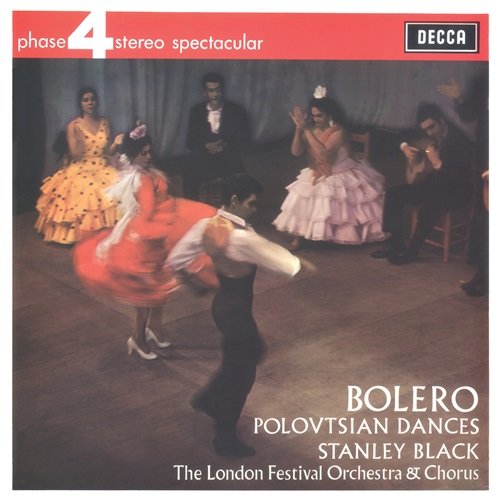Concentus Musicus Wien, Nikolaus Harnoncourt - Waltzer Revolution (2012)

Artist: Concentus Musicus Wien, Nikolaus Harnoncourt
Title: Waltzer Revolution
Year Of Release: 2012
Label: Sony Classical
Genre: Classical
Quality: FLAC (tracks)
Total Time: 01:40:04
Total Size: 537 Mb
WebSite: Album Preview
Tracklist: Title: Waltzer Revolution
Year Of Release: 2012
Label: Sony Classical
Genre: Classical
Quality: FLAC (tracks)
Total Time: 01:40:04
Total Size: 537 Mb
WebSite: Album Preview
CD 1
01. Kontretanz in D Major, K. 603, No. 1 - 00:01:09
02. Kontretanz in C Major, K. 609, No. 1 - 00:01:14
03. Kontretanz in C Major, K. 609, No. 4 - 00:02:05
04. Deutscher Tanz Nr. 1 in D Major - 00:01:29
05. Deutscher Tanz Nr. 2 in A Major - 00:01:23
06. Deutscher Tanz Nr. 3 in C Major - 00:01:35
07. Deutscher Tanz Nr. 4 in G Major - 00:01:41
08. Deutscher Tanz Nr. 5 in B-Flat Major - 00:01:32
09. Deutscher Tanz Nr. 6 in D Major - 00:03:06
10. Radetzky-Marsch, Op. 228 (Urfassung) - 00:03:38
11. Erste Kettenbrücke-Walzer, Op. 4 - 00:06:43
12. Schäfer-Quadrille, Op. 217 - 00:05:49
13. Der Carneval in Paris, Galopp, Op. 100 - 00:02:33
14. Walzer a la Paganini, Op. 11 - 00:07:56
CD 2
01. Pas de neuf nach Saverio Mercadante, WoO - 00:14:23
02. Sehnsuchts-Mazur, Op. 89 - 00:09:05
03. Hans Jörgel-Polka, Op. 194 - 00:03:44
04. Malapou-Galopp, Op. 148a - 00:01:25
05. Hexentanzwalzer, Op. 203 - 00:09:36
06. Marsch (from the ballet Corso Donati) - 00:04:14
07. Cerrito-Polka, Op. 189 - 00:03:57
08. Jagd-Galopp, Op. 82 - 00:02:39
09. Die Schönbrunner, Walzer, Op. 200 - 00:09:08
Performers:
Concentus Musicus Wien
Nikolaus Harnoncourt
Listening to an album by conductor Nikolaus Harnoncourt, even in his ninth decade, is a bit like attending a Richard Pryor show: you know you're going to be outraged at some point, but you're also going to get a radically new perspective on the subject matter. So it is with this Waltz Revolution, which the invigorated Sony Classical label deserves kudos for issuing. Hearing the album, you are in a world that's just about as far as possible from New Year's Eve Viennese waltz specials on television. The album begins with Mozart, who didn't write waltzes, and the initial contradances are not even in triple meter. This is the weakest part of Harnoncourt's argument here. It's true that Mozart wrote a lot of dances during the last years of his life, seems to have enjoyed doing so, and was esteemed in this field by the people who commissioned him, but what's not so clear is the implied line from Mozart to Joseph Lanner and Johann Strauss I. It seems unlikely that Mozart's German dances and the like were being much performed in the 1820s. Harnoncourt seems to put Mozart first largely because their instrumentation, with winds and percussion, works well to set up the main attraction, namely the authentic-instrument performances of Strauss and Lanner with Concentus Musicus Wien. As usual with Harnoncourt, you may like or hate these, but the album is undeniably fresh, with lots of music that has rarely been heard outside Austria. Sample the familiar Radetzsky March, Op. 228, of Strauss I for an idea of what's happening. First of all, this is not the version usually heard, which comes from a later arrangement; the work as Strauss wrote it is less brass and percussion heavy and generally a bit more transparent. Harnoncourt's reading is characteristically astringent. Second, you'll hear the sounds of Harnoncourt's assorted period brasses and winds, which add color where a modern section strives for homogeneity. In general, they have a somewhat rougher sound than usual, but as compared with other Harnoncourt recordings there's nothing too shocking about this one. It's more like a pastry with the Schlag scraped off than an intentionally sour dish. The pieces by Lanner on the second CD are uniformly enjoyable, with such details as a shouted part for the musicians in the Malapou-Galopp (named for a locale in New Caledonia). Unreservedly recommended for Harnoncourt fans, and even for waltz lovers with plenty of antacid on hand.
DOWNLOAD FROM ISRA.CLOUD
Concentus Musicus Wien, Nikolaus Harnoncourt - Waltzer Revolution (2012).rar - 537.2 MB
Concentus Musicus Wien, Nikolaus Harnoncourt - Waltzer Revolution (2012).rar - 537.2 MB


![Paul Mauriat - Après toi (1972) [Hi-Res] Paul Mauriat - Après toi (1972) [Hi-Res]](https://img.israbox.com/img/2025-12/19/7apc8ramq91sp9mgfuj4lcflg.jpg)


![Noé Sécula - A Sphere Between Other Obsessions (2025) [Hi-Res] Noé Sécula - A Sphere Between Other Obsessions (2025) [Hi-Res]](https://www.dibpic.com/uploads/posts/2025-12/1766108017_sej880ryk23va_600.jpg)


![Santi Vega - Un Instante Infinito (2025) [Hi-Res] Santi Vega - Un Instante Infinito (2025) [Hi-Res]](https://img.israbox.com/img/2025-12/19/xkxaonr6q5o8ydwyf3z1c8tp5.jpg)